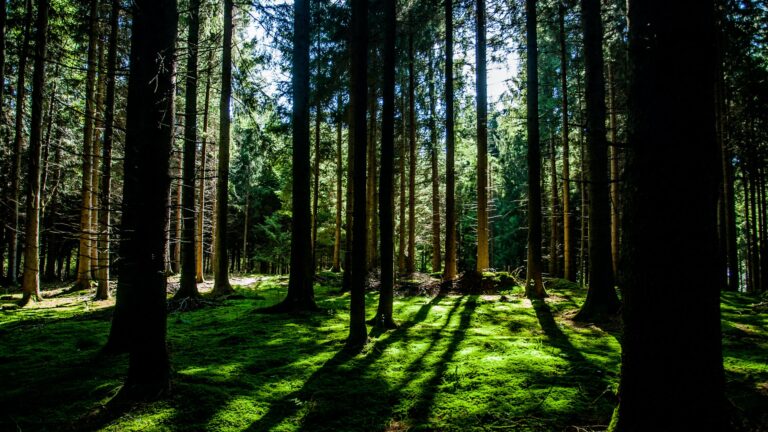
“Before he was expelled from heaven, man lived by hunting and gathering food, according to the seasons and life cycles. We will not go back to the caves to become nomadic hunters, but we have the power to access the healing power nature has to offer, the garden in paradise. Shinrin-yoku is that. Héctor García and Francesc Miralles describe the ancient Japanese practice of Shinrin-yoku .
The term Shinrin-yokuThe word derived from the words “” and “, first appeared in the 1980s. Shinrin “Forest” is yoku In the international language, “bath” is now defined as “forest bathing”. The Ministry of Forestry of Japan established a national program to encourage people to take forest baths in 1982. The results of scientific studies on the subject showed that phytoncides, which are compounds secreted by trees in order to protect themselves, had healing properties for humans. Walking in green spaces or forests, even just looking at a garden, has been shown to reduce stress hormones, regulate heart rhythm and blood pressure, increase our bodies immune resistance against cancer, provide calmness and stay in the moment, as well as improving sleep patterns.
Scientific studies have shown that we must reconnect with nature to sustain our soul-body and mind. balance. It is possible to live a more relaxed and connected life.We can take nature walks for hours each day, if we were born in the 18th and 19th centuries, but we at least spend one day per week in the forest or park closest to home. This is when we realize that nature has the healing power to heal us. We can. Give yourself a chance.
Forest Bath in 5 Easy Steps
Shinrinyoku identifies five possible options. We must take steps to enjoy Even if we only have a few minutes, it is worth every second to be in the forest and take a refreshing bath.
- Forest bathing is about being fully present in the forest, and to be there with all of our being. You don’t want to go on a nature hike where you are constantly exposed and bombarded with notifications while talking about politics. Instead, you can enjoy a quiet walk and feel the warmth of sunlight filtering through the air.
- Your instincts will guide you, not a destination. You don’t walk to get to a particular place. Instead, you walk to see it, sometimes to appreciate the view, sometimes to stop and smell the forest, and sometimes to hear the silence.
- Our “fight or flee” instinct is so strong that it’s often difficult to learn how to breathe properly. Forest bathing can be a great way to remember how to breathe like a baby. Instead of rapid, sharp breaths, deep, slow, and controlled breaths are better. Keep your eyes on the present Allow beneficial phytoncides in our body to work their magic. Slow and deep breathing is a good idea. While walking, take a break under the tree and enjoy the view.
- “No, this is not the time!” Although we strive to be in the moment and keep a calm mind, we can still produce Thoughts from daily life About the jobs that we must train and the tension. Instead of trying to force it away It would be nice to These thoughts are temporary, and you should accept them as such Instead, believe that you can overcome them and keep them in your thoughts.
- Imagine you are part of the whole, with all the plants, animals, people, the sky and the oceans. Believing that everything is a part of a greater whole, you can be grateful for the opportunity to feel it.
Integrating the practice Shinrin-yoku into our living spaces…
Sometimes, we might not be able to get out in nature even once a week due to our daily hustle. There are several ways to incorporate the practice of forest bathing into your life at these times. Green spaces can improve lives In our homes.
After a stressful day;
- Watch documentaries or movies shot in forests or other natural habitats.
- Use pictures and paintings Nature containment Figures when decorating your home
- Growing plants at home You can also enjoy time on the balcony, and you can make time to connect with the soil.
- The healing power of Aromatherapy with essential oil and frankincense,
- You might find it easier to bring forests and gardens to your tea with herbal teas.
Jack Kerouac explains it in Zen Madmen. “That’s What happens when you go into the woods? We know everything, it all looks familiar. It’s as if we are reunited with old friends or a long-dead relative. It’s like a childhood song, a forgotten melody carried by the flowing water. It is most importantly, like my heartaches from a forgotten childhood, humanity in its past, and all living or dead beings that have accumulated over many millions of years. These feelings are seen by the clouds above (they’re lonely and weird anyway).